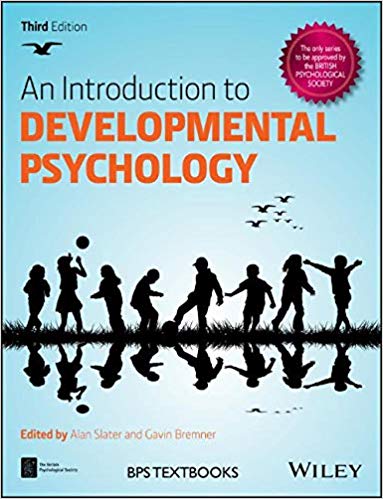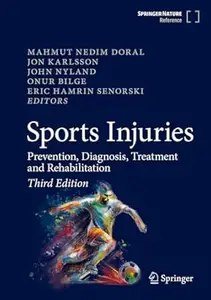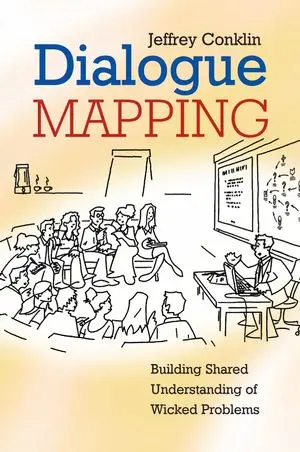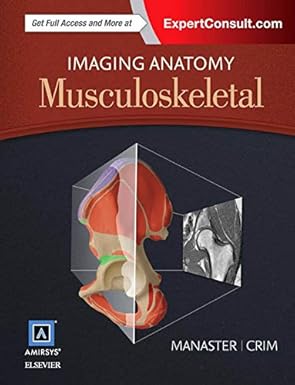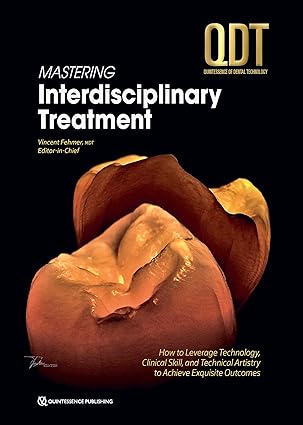دانلود کتاب An Introduction to Developmental Psychology (3rd Edition) - Orginal Pdf
Author:
Alan Slater, J. Gavin Bremner
0 (0)
توضیحات کتاب :
* A representative and authoritative 'state of the art' account of human development from conception to adolescence. * Written at an easy-to-comprehend level by an international team of respected researchers, conveying their knowledge with enthusiasm and skill.
سرچ در وردکت | سرچ در گودریدز | سرچ در اب بوکز | سرچ در آمازون | سرچ در گوگل بوک
1,631 بازدید 1 خرید
